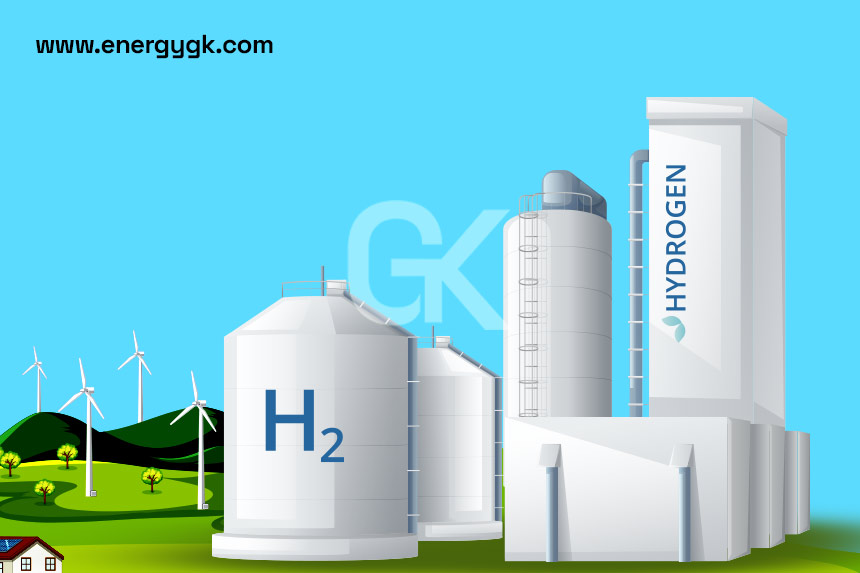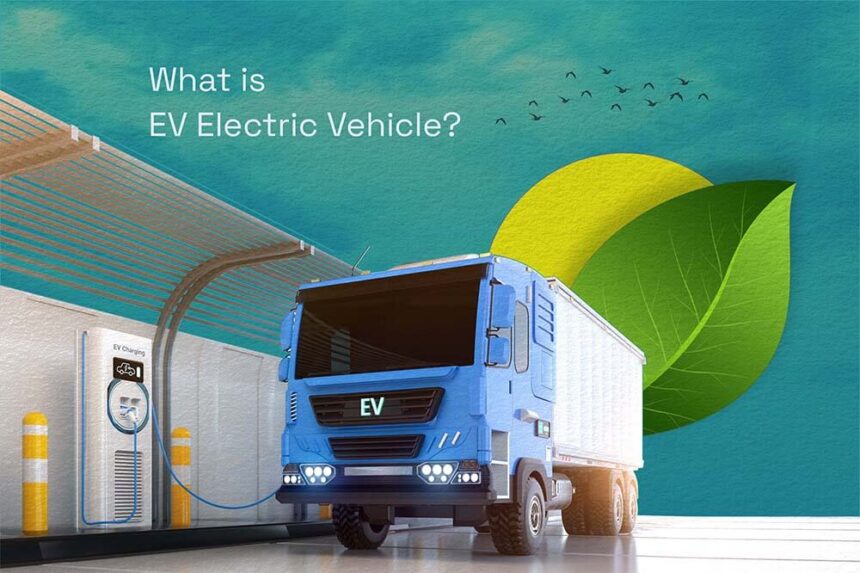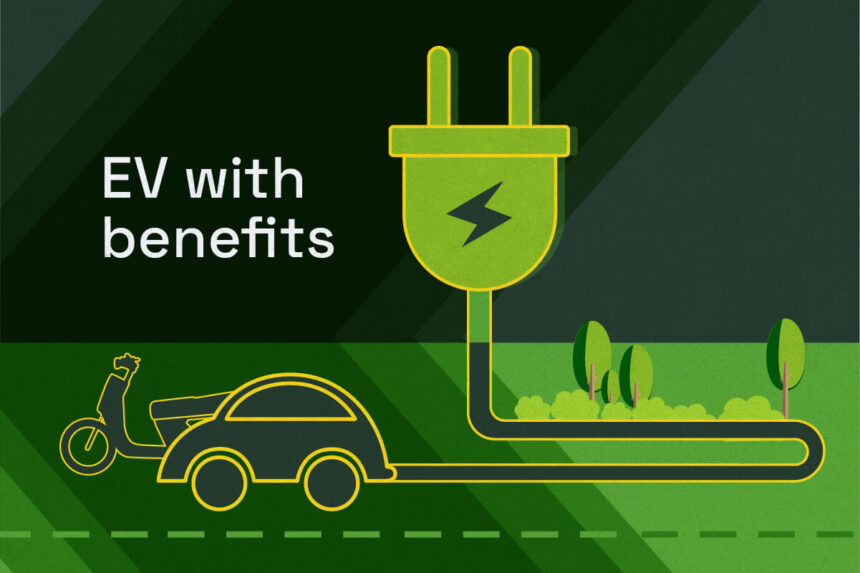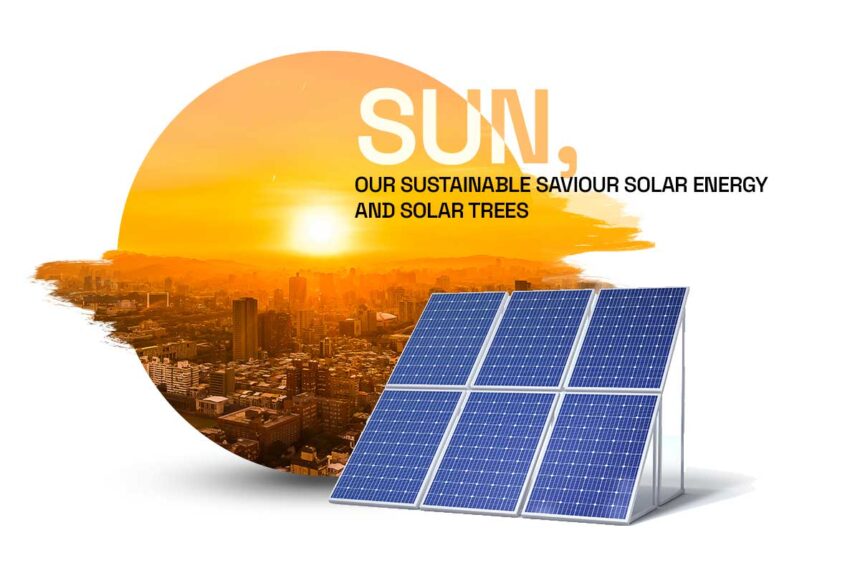Wind energy has enormous potential in India because of its large landmass and varied topography. Wind energy is becoming an increasingly important part of the countrys renewable energy portfolio as it works to balance meeting its expanding energy needs with lowering its carbon footprint. This article examines the prospects developments and difficulties associated with wind energy in India.
Indias Wind Energy Situation at the Moment. In the global wind energy market India already holds a sizable position. India has more than 40 gigawatts (GW) of installed wind power capacity placing it fourth in the world as of 2023. Leading the way in this renewable revolution have been states like Tamil Nadu Gujarat Maharashtra and Karnataka which are home to sizable wind farms and make significant contributions to the national grid.
Technological Progress. Indian producers are using innovation to create wind turbines that are more economical and efficient. Even in regions with moderate wind speeds more wind energy is being captured thanks to advancements in blade design materials and tower height.
Hybrid Projects: Using solar and wind energy together in hybrid projects is becoming more popular in India. Through the complementary nature of solar and wind power these projects optimize infrastructure and land use resulting in a more consistent and reliable energy supply.
Internet of Things (IoT) and digitalization: Using digital technologies and IoT in wind energy projects is improving operational efficiency overall predictive maintenance and performance monitoring. Energy production and distribution are being optimized with the use of smart grids and advanced analytics.
Investment and Policy Support. With 175 GW of renewable energy capacity expected by 2022 and 450 GW by 2030 the Indian government has set high goals for renewable energy. The policies and incentives that are driving wind energy investment include feed-in tariffs tax breaks and renewable purchase obligations (RPOs). An important part of integrating renewable energy into the national grid is also being played by programs like the Green Energy Corridor and the National Wind-Solar Hybrid Policy.
Economic and Environmental Gains. Because wind energy uses less fossil fuels and produces less air pollution it has a substantial positive environmental impact. From production and installation to maintenance and operations it offers economic employment opportunities along the entire value chain. Wind energy projects propel economic development enhance energy access and improve infrastructure for the benefit of local communities.
Difficulties and Their Resolutions. Indias wind energy industry has a bright future but there are a few issues that need to be resolved. Land Acquisition and Regulatory Obstacles: Purchasing land and securing the required regulatory approvals can be difficult and time-consuming processes. For the project to be successful these procedures must be streamlined and fair and transparent land acquisition procedures must be followed.
Infrastructure and Grid Integration: Sophisticated grid management strategies and a resilient infrastructure are needed to incorporate large-scale wind energy into the countrys electrical system. To take into account the unpredictability of wind power investments in energy storage technologies flexible grid operations and grid modernization are essential.
Engagement and Awareness of the Community: It is essential to cultivate community support and increase knowledge of the advantages of wind energy. Wind projects can gain more public acceptance and support if local communities are included in the planning and decision-making processes and their concerns are addressed.
Together We Strive. India is working with nations and international organizations to exchange best practices technology and expertise in wind energy. Innovation is being fostered and wind energy project deployment is being accelerated through partnerships with organizations such as the International Renewable Energy Agency (IRENA) the Global Wind Energy Council (GWEC) and bilateral agreements with nations like Germany and Denmark. upcoming prospects. Indias wind energy sector has a promising future with lots of room to grow and expand. Wind energy will be essential to Indias transition to a sustainable energy source as costs come down technology improves and policy support grows.
Conclusion
India can guarantee a cleaner greener future for its people lessen its reliance on fossil fuels and mitigate climate change by utilizing the power of the wind. To sum up wind energy has the potential to become a vital component of Indias energy mix. The possibilities are virtually limitless with sustained innovation funding and cooperation. In India the goal of wind energy is not only to produce electricity but also to build a resilient and sustainable future for everybody.






